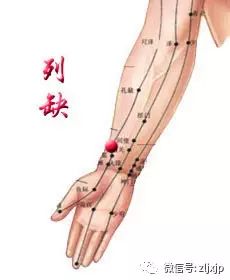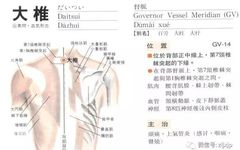Generally, acupuncture point selection can be divided into methods such as the bone measurement method, surface landmark method, finger measurement method, and empirical point selection method. Below, we will introduce each method:
01
Empirical Point Selection Method (i.e., Simplified Point Selection Method)
This method is based on the accumulation of practical experience over time. It is simple and easy to perform. For example, when standing with arms hanging down, the tip of the middle finger corresponds to the Fengshi (风市) point; when the hands are crossed at the tiger’s mouth, the tip of the index finger corresponds to the Lieque (列缺) point; when making a half fist, the tip of the middle finger pressed on the first horizontal line of the palm corresponds to the Laogong (劳宫) point, etc.
02
Surface Landmark Method
This method uses certain natural conditions of the human body as a standard for determining acupuncture points.
It is divided into fixed landmarks and movable landmarks, using certain surface markers such as facial features, hair, nails, nipples, belly button, or the gaps and depressions created by joints and muscles during movement as a basis for locating acupuncture points. This method is known as the surface landmark method.
03
Bone Measurement Method
The bone measurement method, also known as the bone degree method, uses the joints as the main markers to measure the size and length of various parts of the body, and calculates the acupuncture point locations based on these measurements.
1、Cold and Flu Point: Dazhui (大椎).
Technique: Bloodletting followed by cupping, moxibustion.
Indications: Cold, flu, or prevention.
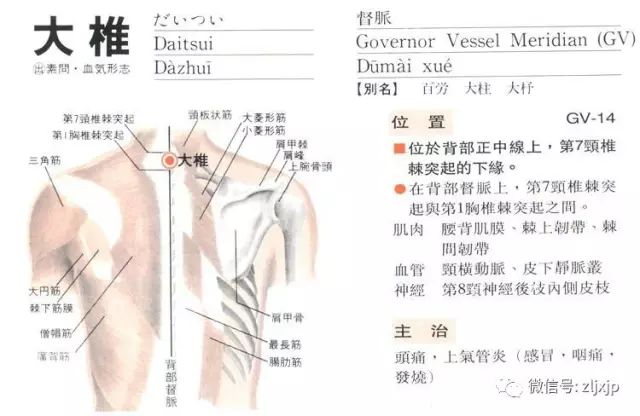
2、Cough Point: Kongzui (孔最).
Technique: Quick lifting, thrusting, and twisting, 1-1.5 inches.
Indications: Cough, hemoptysis, bronchial asthma.

3、Asthma Point: Yujie (鱼际).Technique: Needle towards Laogong (劳宫), twisting, 1 inch.
Indications: Asthma, bronchitis.
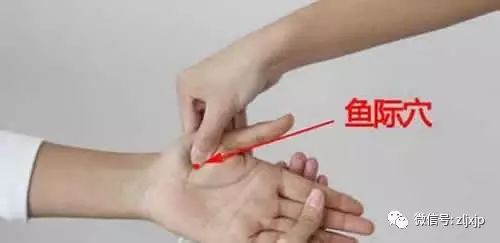
4、Fever-Reducing Point: Quchi (曲池).Technique: Lifting and thrusting, 1.5 inches. Needle once every 5 minutes, leave for 30 minutes. If fever does not subside, perform bloodletting at Dazhui (大椎).
Indications: Fever, cold with fever, high fever convulsions.

5、Emergency Point: Renzhong (人中).Technique: 0.5 inches, oblique insertion, draining method, leave for 5-10 minutes after awakening.
Indications: Coma, shock, fainting, pediatric convulsions, aphasia, heat stroke, etc.
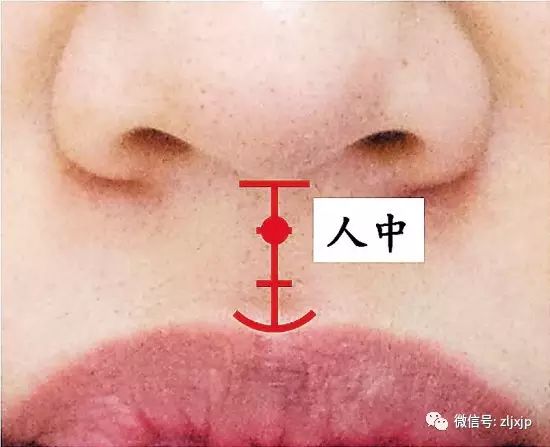
6、Heat Stroke Point: Shaoshang (少商).
Technique: Needle 0.3-0.5 inches, twisting, draining method, leave for 10-15 minutes, if fever and sweating, can perform bloodletting of 2-3 drops.
Indications: Heat stroke, stroke coma.
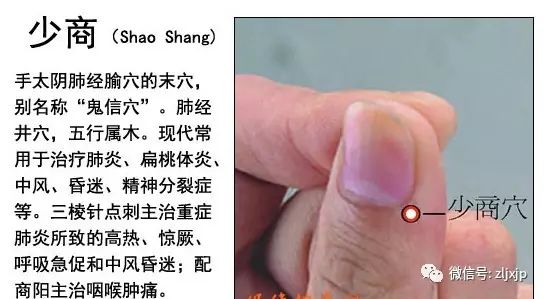
7、Awakening Point: Taiyang (太阳).
Technique: Needle 0.5-0.8 inches, strong stimulation.
Indications: Unclear consciousness, fainting.

8、Facial Spasm Point: Qianliao (颧髎).
Technique: Direct needle 0.5-1 inch, draining method.
Indications: Facial muscle spasm, facial twitching.

9、Facial Paralysis Point: Xiaguan (下关).
Technique: Direct needle 1-1.2 inches, draining method. Adding Yuwai (鱼腰), Sibai (四白), and Jiachè (颊车) is better; for heat excess, bloodletting at the ear tip on the affected side; for cold excess, add Yujie (鱼际), Sibai (四白), Taiyang (太阳), etc.
Indications: Facial nerve paralysis, facial neuritis.
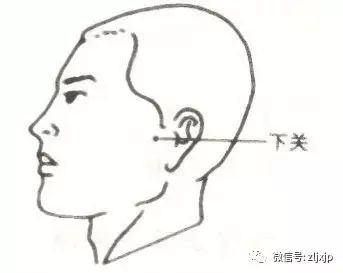
10、Hemiplegia Point: Shuaigu (率谷).
Technique: Needle on the healthy side 0.5-1 inch, horizontal needle, lifting and twisting.
Indications: Hemiplegia from stroke, migraine.
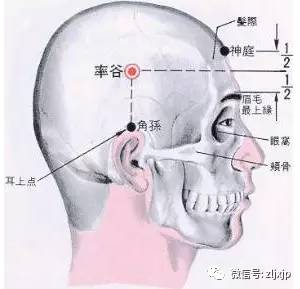
11、Cerebral Ischemia Point: Fengchi (风池).
Technique: Needle 2 inches, twisting, leave for 30 minutes.
Indications: Insufficient blood supply to the brain.
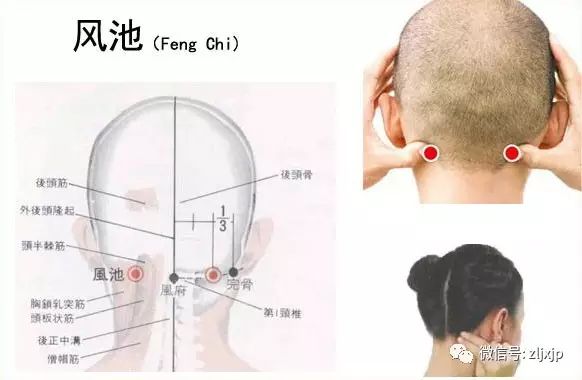
12、Frequent Urination Point: Taixi (太溪).
Technique: Needle 0.1-1 inch, horizontal method.
Indications: Frequent urination or increased urination frequency.
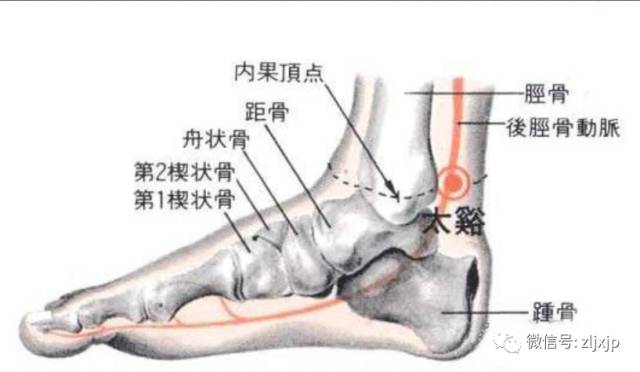
13、Blood Sugar Lowering Point: Yiyu (胰俞).
Technique: Oblique needle 1.5 inches, draining method, leave for 30 minutes, combined with Sanyinjiao (三阴交), Pishu (脾俞), Zusanli (足三里), Shenmen (神门), and Shenyang (肾俞).
Indications: Diabetes, high blood sugar.
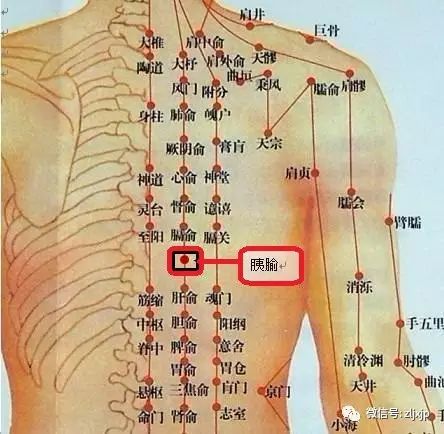
14、Blood Lipid Lowering Point: Fenglong (丰隆).
Technique: Direct needle 2 inches, lifting and thrusting draining method, leave for 30 minutes.
Indications: Hyperlipidemia, obesity.
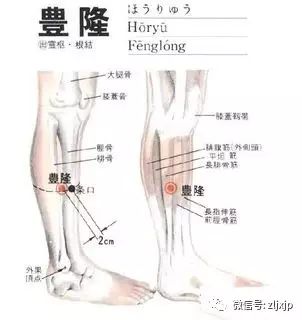
15、Migraine Point: Taichong (太冲).
Technique: Oblique needle towards the heel 1.2 inches, draining method.
Indications: Migraine.
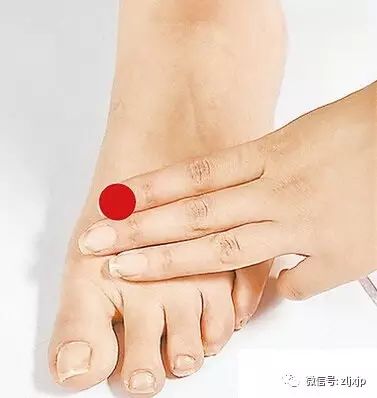
16、Insomnia I Point: Daling (大陵).
Technique: Oblique needle towards the palm 1 inch, twisting or lifting.
Indications: Insomnia caused by excessive thinking, psychogenic insomnia, draining Daling (大陵).
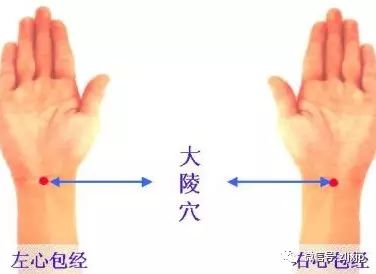
17、Insomnia II Point: Fengchi (风池).
Indications: Insomnia caused by brain nerve dysfunction, cerebral arteriosclerosis, hypertension, cervical spondylosis, insufficient blood supply to the brain.

18、Blood Pressure Lowering Point: Quchi (曲池).
Technique: For hypertension with hyperlipidemia, can combine with Fenglong (丰隆); if caused by nephritis, combine with Sanyinjiao (三阴交).
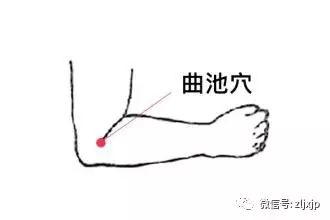
19、Stomach Pain Point: Zhongwan (中脘).
Technique: Direct needle 1.5 inches, twisting, horizontal method.
Indications: Stomach pain, abdominal distension, hiccups.
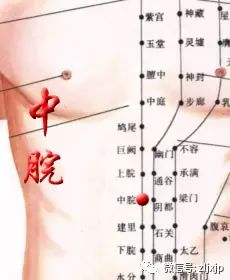
20、Smoking Cessation Point: Lieque (列缺).
Technique: Oblique needle upwards 0.5 inches, twisting, with moxibustion.
